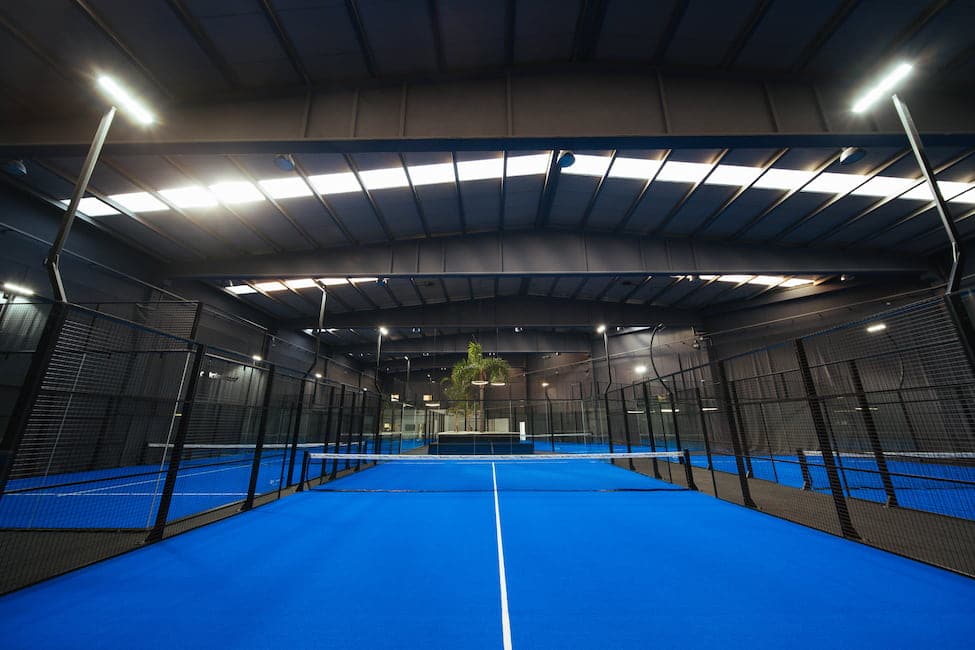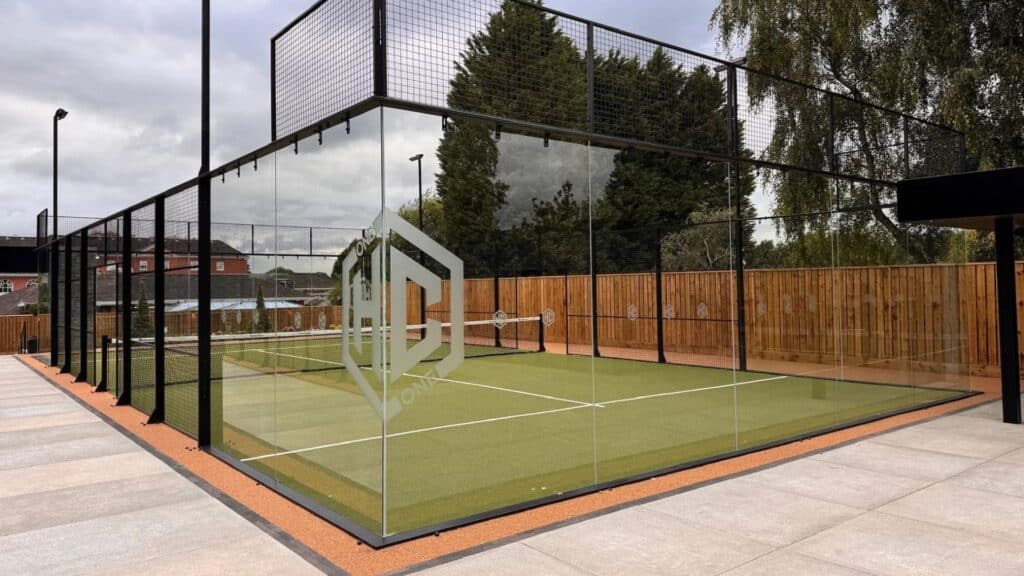Legal and Practical Requirements for Covered Padel Courts

Covered padel courts present an exciting investment opportunity for those looking to capitalize on the growing popularity of padel worldwide. While Spanish speakers countries have been the dominant hub for the sport, this trend is rapidly expanding, especially in countries like the U.S. In this article, we will guide you through the key legal, regulatory, and financial aspects of setting up covered padel courts, and how you can leverage this emerging market for long-term profitability, especially as the sport grows globally.
Characteristic Aspects of Covered Padel Courts
Having covered padel courts is a profitable and attractive alternative for sports clubs that want to offer their members the possibility of playing without worrying about the weather. These courts must meet specific and structural regulatory requirements to optimize gameplay and durability.
A key characteristic is the minimum height of about 6 meters and a suitable ceiling material to ensure a good ball bounce are required to ensure fair playing experience. The cover material is crucial, options like canvas, sheet metal or solar roof impact maintenance, energy efficiency, and weather resistance.
Proper ventilation and lighting are also essential, with open-sided structures or integrated HVAC systems enhancing comfort. Additionally, courts must comply with local building codes and international padel regulations, ensuring safety and longevity.
By selecting the right design and materials, investors can enhance player experience, minimize upkeep costs, and maximize revenue potential, making covered padel courts a highly attractive and sustainable business opportunity in growing markets worldwide.
Types of Covers for Padel Courts
There are some main types of covered padel courts: indoor courts, courts with integrated structure covers, and courts with added covers.
Some of the most demanded covers are:
- Canvas Cover: Economical and suitable for temperate climates.
- Sheet Metal Cover: Resistant and low maintenance.
- Solar Roof Cover: An eco-friendly solution with integrated solar panels, reducing energy costs and enhancing sustainability.
- Coliseum Roof: A modular, high-end structure designed for urban areas, maximizing space and profitability.
Measurements of a Covered Padel Court
The measurements of a covered padel court must comply with the recommendations of the regulatory entities of the game. The playing surface must be 20 meters long by 10 meters wide, with a minimum height of 6 meters and a lateral aisle of at least 1 meter wide for player circulation.
Key Legal and Regulatory Requirements for Installing Covered Padel Courts
Before investing in covered padel courts, it’s essential to understand the legal and regulatory landscape. While each country or region will have its own requirements, these are the key factors investors should consider:
- Obtaining building permits and zoning approval
In the U.S. and other global markets, zoning regulations play a crucial role in determining whether a padel court can be built in a particular location. Investors must first secure the appropriate building permits and ensure that the site is zoned for recreational use. In countries with significant renewable energy infrastructure, like those utilizing wind power, additional regulations may be in place to ensure that the construction is environmentally friendly and sustainable. - Compliance with construction codes and safety regulations
Covered padel courts must adhere to national and local building codes to ensure safety and durability. The design must include proper drainage systems, sufficient structural integrity to withstand local weather conditions, and a minimum height of 6 meters to ensure the safety of players. In countries with strong green energy sectors, such as those investing in wind energy, investors may want to integrate solar panels or energy-efficient designs into their projects. - Environmental regulations and sustainability
In countries with significant wind energy resources, sustainability and green design are key concerns for both local governments and potential customers. Many investors are integrating renewable energy sources, such as solar panels on the court covers, to both reduce operational costs and appeal to environmentally-conscious consumers. - Insurance and liability protection
As with any sports investment, comprehensive insurance coverage is vital. Liability insurance is necessary to protect against injuries or accidents that could occur during play. Many countries, including the U.S., have specific regulations regarding sports-related injuries, so it’s crucial to work with insurance providers who understand these risks.
Advantages of a Covered Padel Court
Investing in covered padel courts offers numerous benefits for players, investors and spots clubs, ensuring profitability, durability and enhanced playing experience:
- All year-round play, maximizing playing hours and revenue.
- Protection against adverse weather conditions.
- Resistance to the passage of time and weather effects.
- Lower maintenance needs.
- Protection for players during the game.
- Profitability for sports clubs by allowing a greater flow of players throughout the year.
- Compliance with construction regulations and regulations.
Price of a Covered Padel Court
The price of a covered padel court varies depending on various factors, but it is an accessible option for clubs looking to maximize their economic performance and offer a protected outdoor environment to players. At Padelgest, we offer solutions tailored to each club, including our innovative Coliseum padel court, designed to maximize space and profitability in urban environments.
For a tailored solution that maximizes profitability and meets your specific needs, contact Padelgest and explore their innovative covered padel court options.


